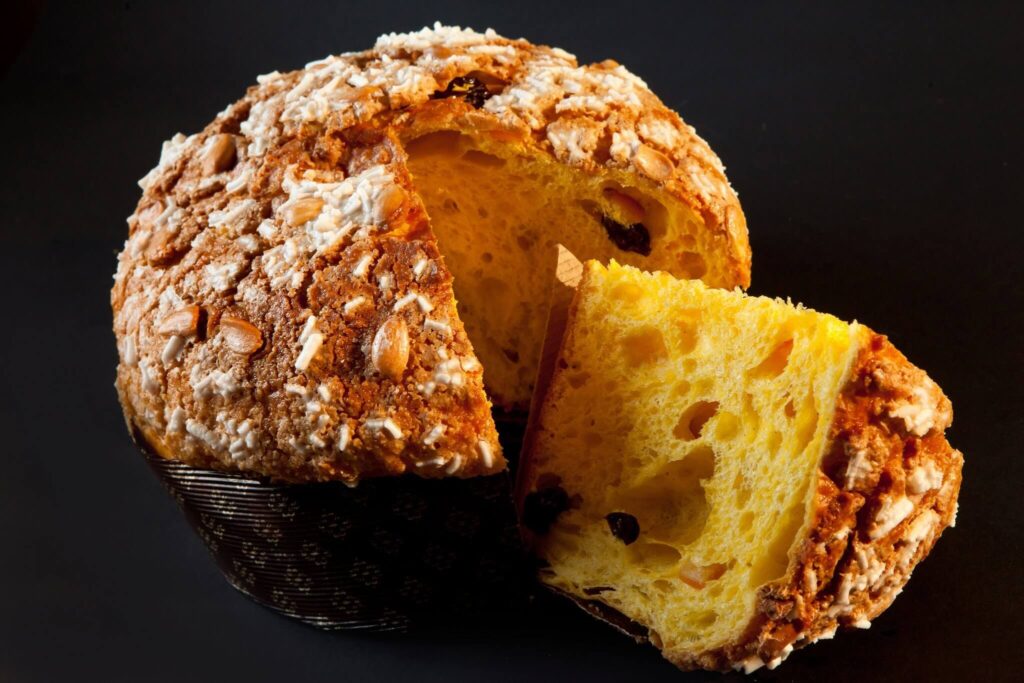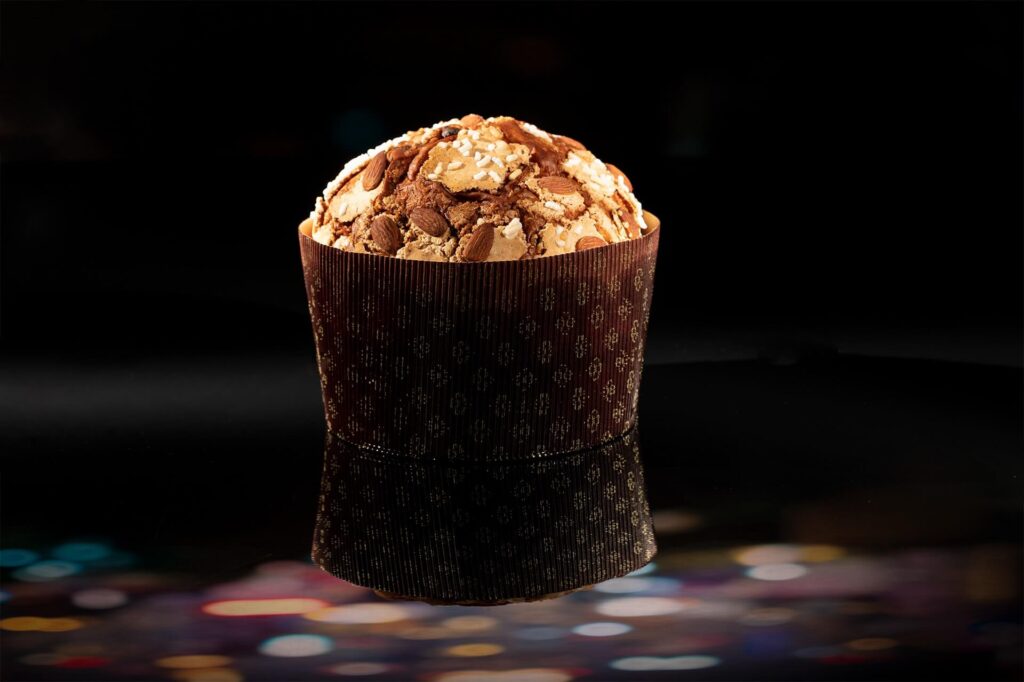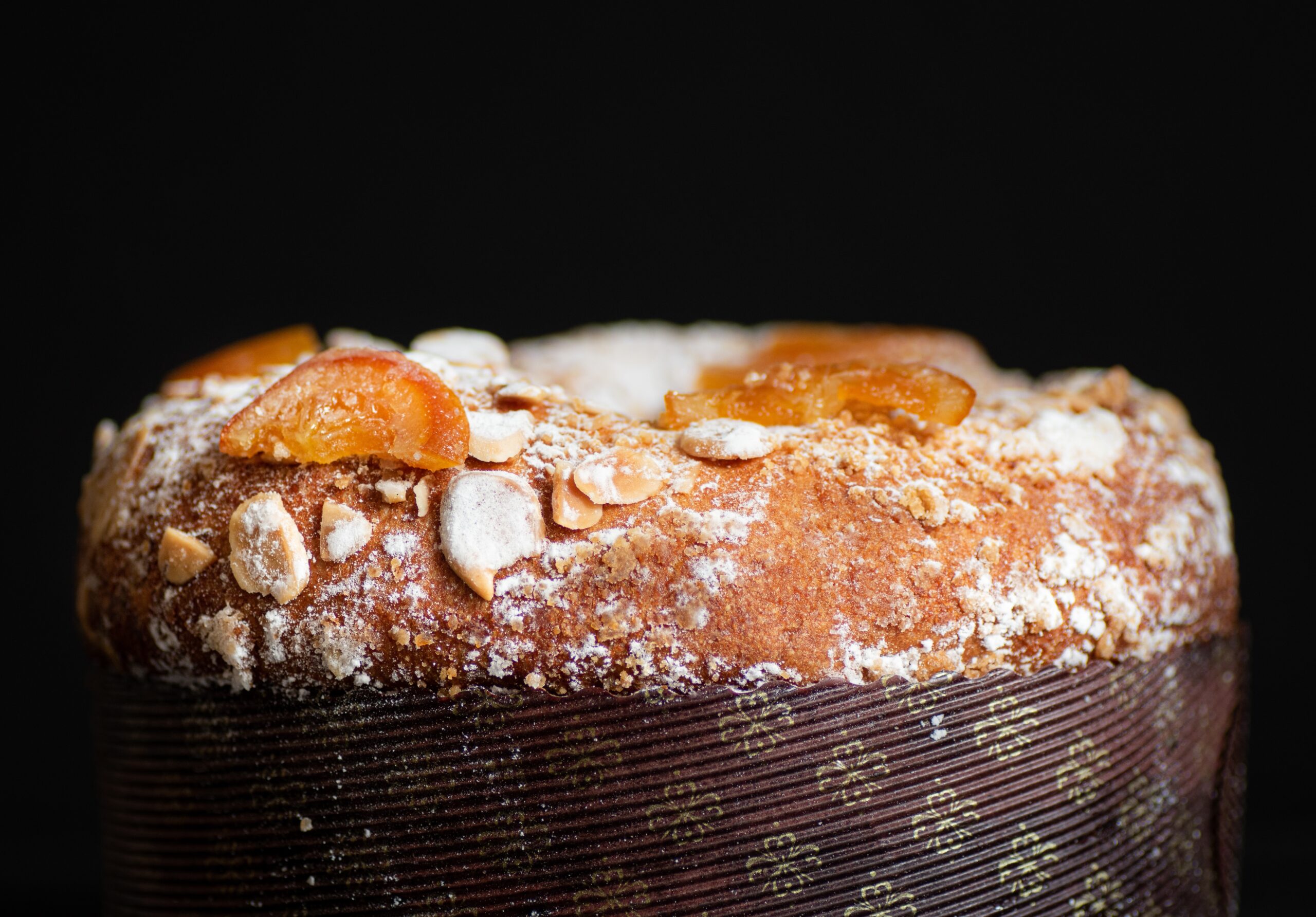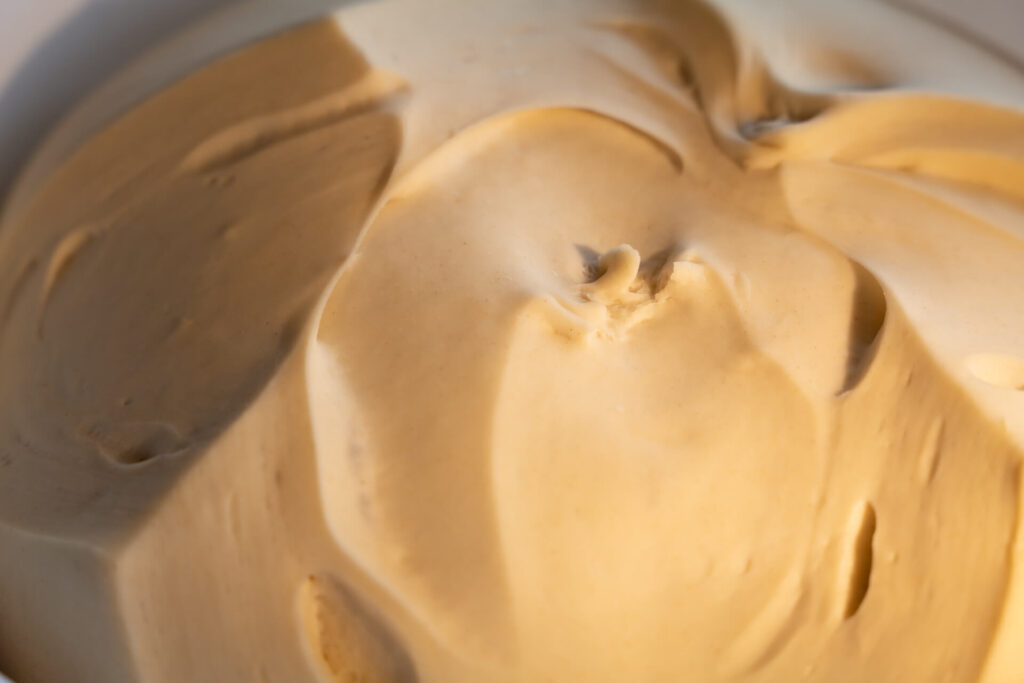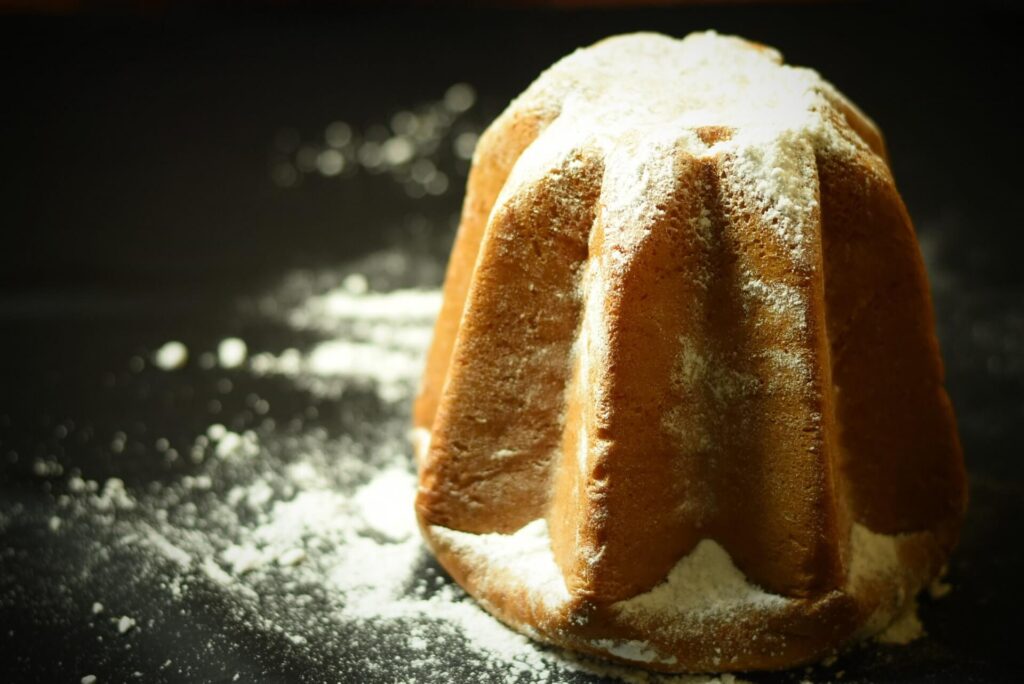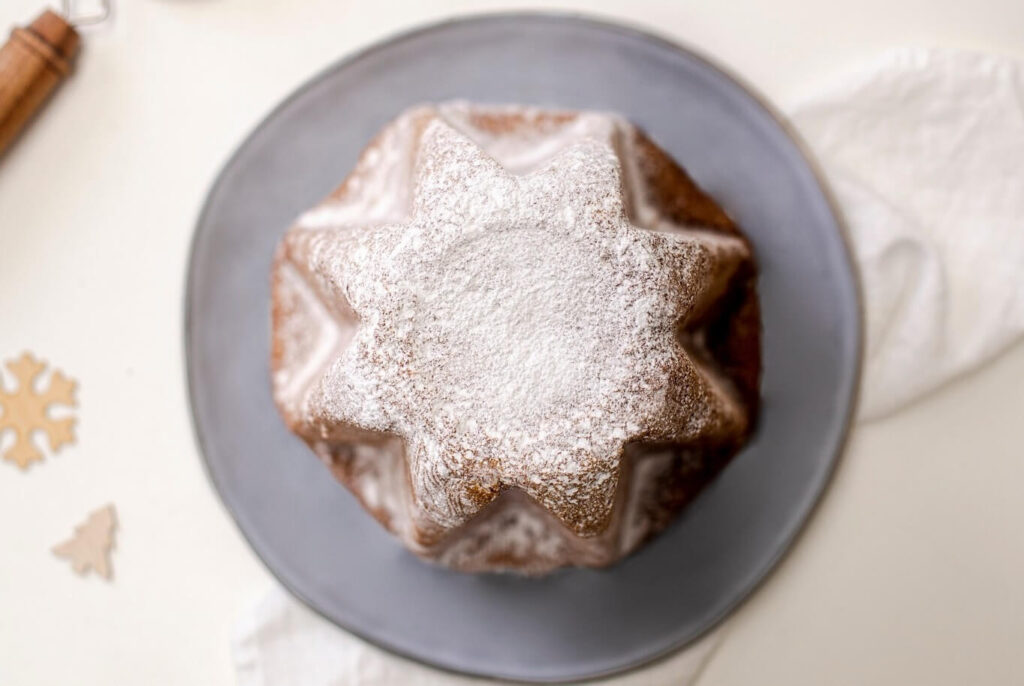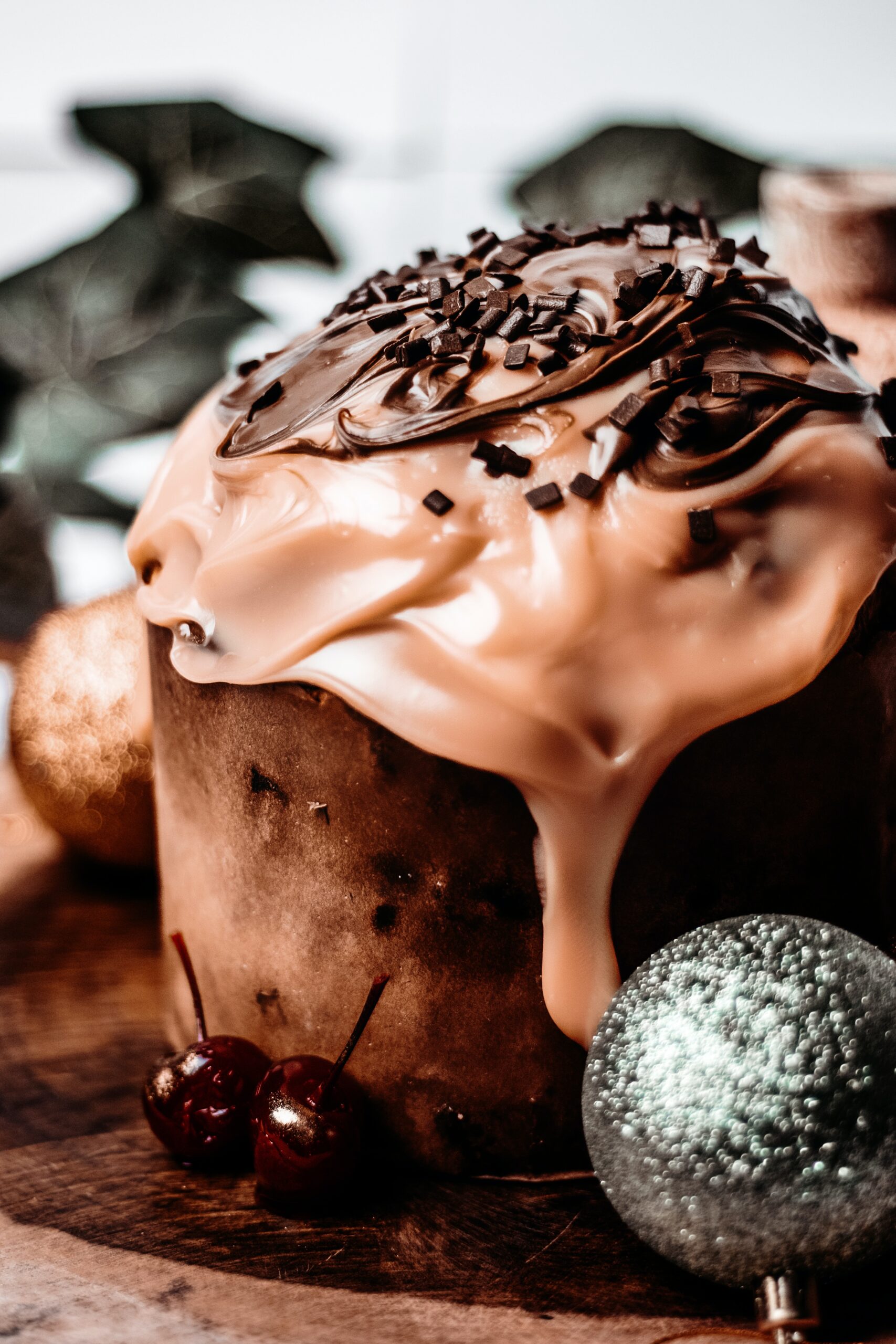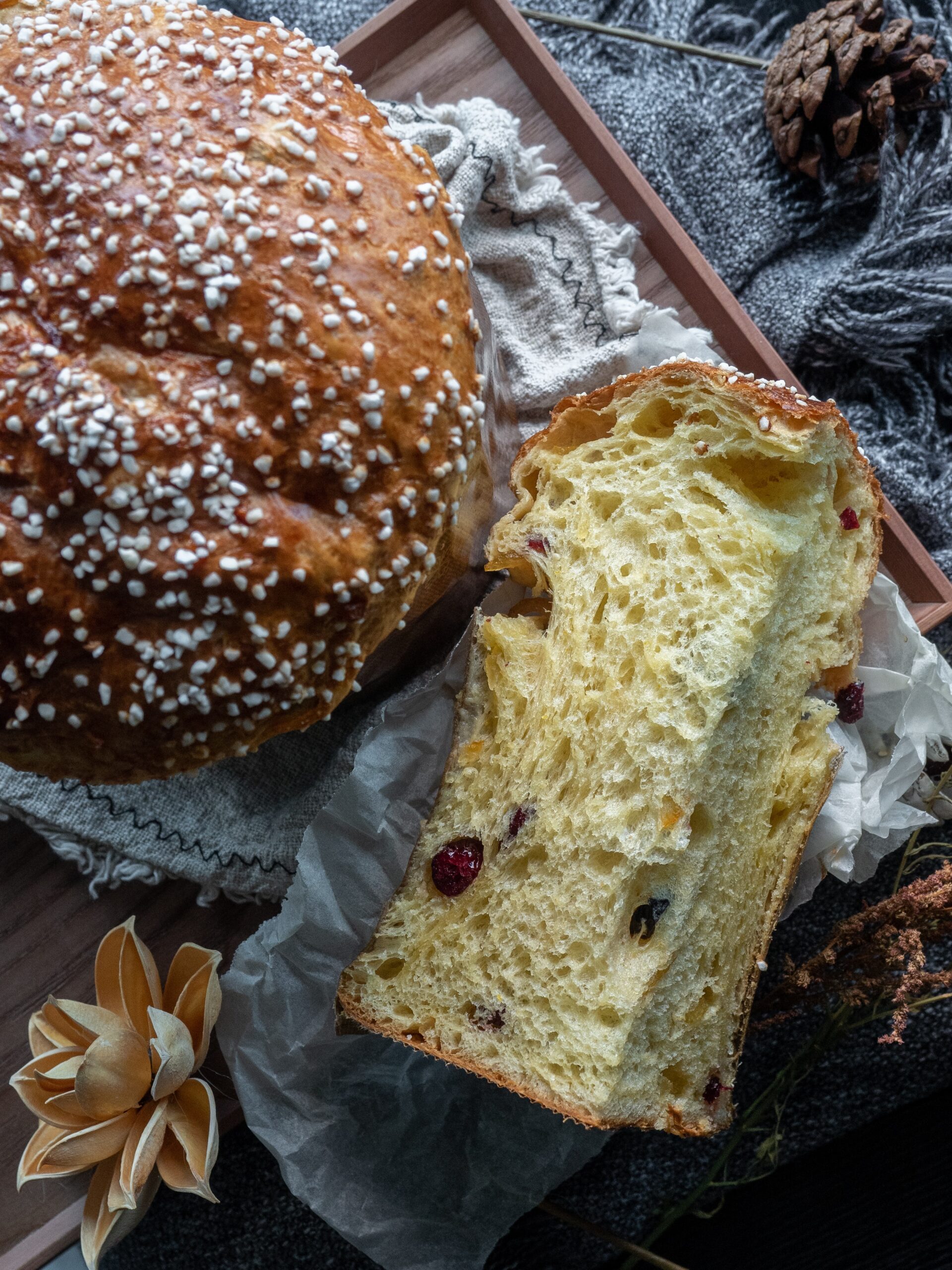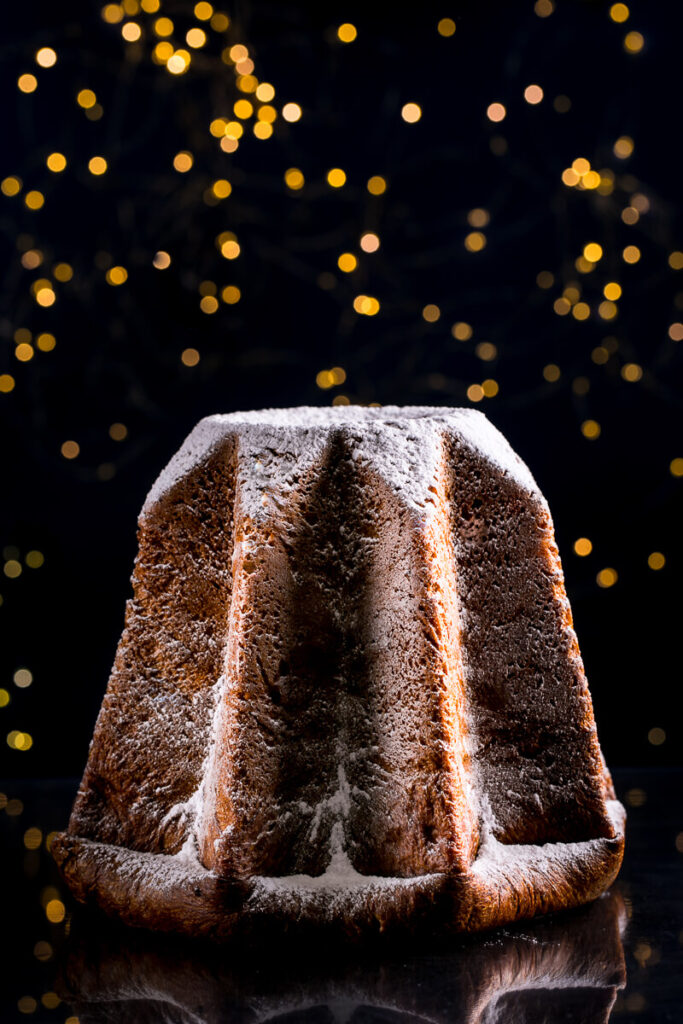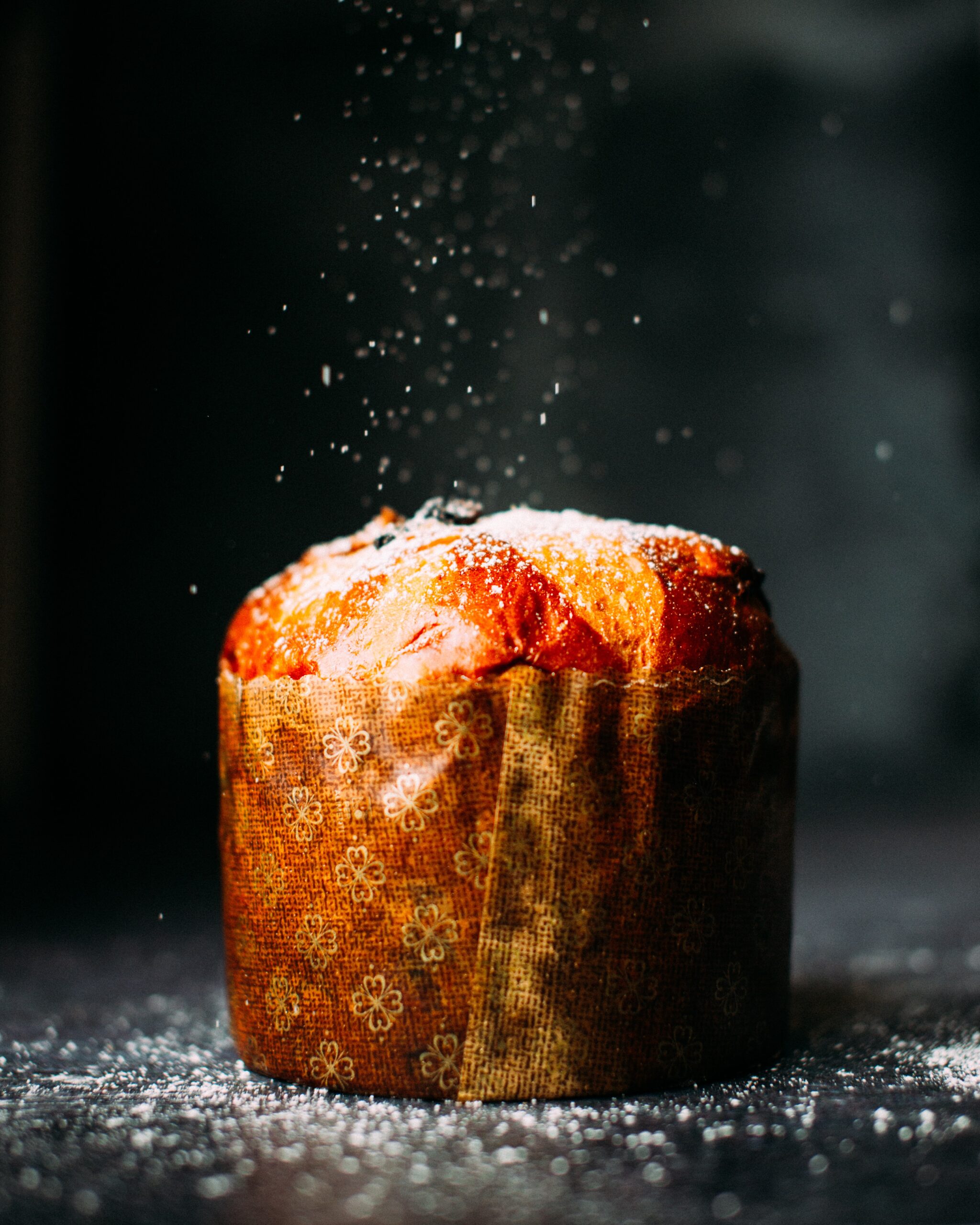In the world of Italian holiday treats, two distinct classics stand out: panettone and pandoro. Both offer a unique sensory experience when savored. Panettone entices with its fluffy, buttery crumb, bursting with aromas of citrus, vanilla, and candied fruit. On the other hand, Pandoro presents a different journey, with its delicate, golden crumb, a touch of vanilla, and a simple elegance accentuated by a dusting of powdered sugar.
With the holiday season here, it’s time to explore the delightful flavors, scents, and textures of these two iconic Italian delights, uncovering the nuances of each and, potentially, discovering a favorite for the holiday season.
Exploring the Stories of Panettone and Pandoro
Panettone and Pandoro, both cherished Italian holiday treats, originate from different regions of Italy.
Panettone has strong ties to Milan, in the Lombardy region, where it has become an integral part of Christmas celebrations.
Legend has it that in the late 15th century, a young nobleman fell in love with a baker’s daughter named Toni. To win her heart, he disguised himself as a baker and created a sweet, leavened bread enriched with butter, eggs, and candied fruits – the early prototype of panettone. The exquisite aroma and delicious taste captivated the Milanese, establishing panettone as a festive delicacy. Over the centuries, this delectable bread has evolved, becoming synonymous with Christmas celebrations worldwide. Today, the history of panettone is a testament to the enduring allure of a culinary creation born out of love and tradition.
Pandoro, with its origins rooted in the enchanting city of Verona, also holds a captivating history, contributing its unique twist to the beloved holiday traditions of Italians.
Emerging during the late 19th century, this golden-hued cake gained popularity as a symbol of festive cheer. The name “pandoro” translates to “golden bread,” reflecting both its color and regal appearance. Created by a pastry chef in Verona, this delightful sweet bread was envisioned as a softer alternative to panettone. Its initial success was so profound that it soon became synonymous with Christmas celebrations across the country. The history of pandoro is a testament to the artistry of Italian pastry-making, offering a golden slice of sweetness and warmth during the holiday season.
The Making of These Special Italian Holiday Desserts
Panettone, the iconic Italian Christmas bread, is crafted with premium ingredients to achieve its distinctive taste and texture. The key components include high-quality flour, butter, eggs, and sugar. What sets panettone apart is the addition of candied fruits, such as orange peel and citron, as well as raisins, which infuse the bread with bursts of sweetness and aromatic complexity. The dough is leavened over several hours, allowing it to rise and achieve its characteristic light and fluffy consistency. The lengthy fermentation process contributes to the bread’s unique flavor profile. After baking to golden perfection, the panettone is cooled upside down to maintain its domed shape. The result is a sumptuous holiday treat crafted with meticulous care.
Pandoro, the golden star of Italian Christmas desserts, is also made with a selection of premium ingredients to create its characteristic flavor and fluffiness. The essential components include high-quality flour, butter, eggs, and sugar, combining to form a rich and buttery dough. Unlike panettone, pandoro skips the candied fruits and raisins, emphasizing simplicity and purity of flavor. The dough undergoes a lengthy leavening process to create its fine, airy texture. After baking, the cake is delicately dusted with powdered sugar, resembling a snowy peak, and achieving its signature golden appearance. The result is a luxurious, golden-hued holiday delicacy that embodies the essence of festive indulgence, making pandoro a cherished treat during the Christmas season.
Variety is the Spice of Life
In today’s culinary landscape, the varieties of panettone and pandoro available cater to diverse tastes and preferences, reflecting the evolving nature of these traditional Italian treats. Panettone has seen an array of interpretations, ranging from classic versions featuring candied fruits and raisins to modern twists incorporating chocolate chips, nuts, or exotic fruit blends. Gluten-free and artisanal panettone options have also gained popularity, offering inclusive choices for varying dietary needs. Additionally, there are regional variations, each adding a unique local touch to the beloved dessert.
Similarly, pandoro has embraced innovation, with variations that include flavored creams, liqueur-infused versions, and creative toppings such as citrus glazes or almond crusts. Both panettone and pandoro now come in miniature sizes, making them convenient and giftable, while maintaining the authentic essence of these beloved holiday delights. The abundance of choices ensures that individuals can find the perfect variation to suit their taste buds during the festive season.
Serving Panettone & Pandoro: Wine Pairings and Accompaniments
The art of serving panettone is a symphony for the senses, a festive ritual that transcends the ordinary. Begin by selecting a beautiful plate or cake stand, one that befits the occasion. Gently unwrap the panettone, releasing its tantalizing aroma, and place it in the center, allowing its domed magnificence to take center stage. Now, the precision of slicing unfolds – each cut revealing the delicate layers, the treasure trove of candied fruits, and the airy crumb within.
Serve generous slices on elegant dessert plates, and perhaps, accompany it with a dollop of whipped cream or a dusting of powdered sugar. Whether enjoyed with a cup of espresso or paired with a sweet wine, the serving of panettone is a celebration, an ode to tradition, and an invitation to savor the magic of the season.
Panettone, with its rich and sweet profile, pairs wonderfully with dessert wines that complement its flavors. Two excellent choices are Moscato d’Asti and Brachetto d’Acqui. Moscato d’Asti, a sparkling white wine, offers delightful notes of peach, orange blossom, and honey, enhancing the fruity elements of panettone. Brachetto d’Acqui, a red sparkling wine, boasts flavors of red berries and rose petals, creating a harmonious balance with the candied fruits and aromatic nuances of the Italian Christmas bread. These wine choices add a delightful touch to the festive experience of enjoying panettone.
Serving pandoro is an artful affair, a celebration of simplicity and elegance. Begin by presenting this golden marvel on a festive platter or cake stand, letting its regal appearance take center stage. Slice the pandoro into star-shaped wedges, revealing its tender, buttery crumb within. For an extra touch of indulgence, lightly dust the slices with powdered sugar, resembling a gentle snowfall on this golden masterpiece. Accompany each serving with a dollop of whipped cream or a side of vanilla custard to enhance its luscious flavor. Whether enjoyed alongside a cup of coffee or paired with a sweet sparkling wine, serving pandoro is an invitation to savor the pure essence of this Italian Christmas delight in all its golden glory.
Pairing wines with pandoro calls for selections that complement its buttery richness and delicate flavor. Prosecco, a sparkling Italian white wine, serves as an excellent choice. Its crisp effervescence and notes of green apple and pear provide a refreshing contrast to the indulgent nature of pandoro. Another delightful option is a sweet Moscato, known for its fruity and floral characteristics. The slight sweetness of Moscato harmonizes with the subtleness of pandoro, creating a balanced and enjoyable pairing. Both Prosecco and Moscato contribute to the festive experience, enhancing the golden delight of pandoro with their distinct yet complementary profiles.


